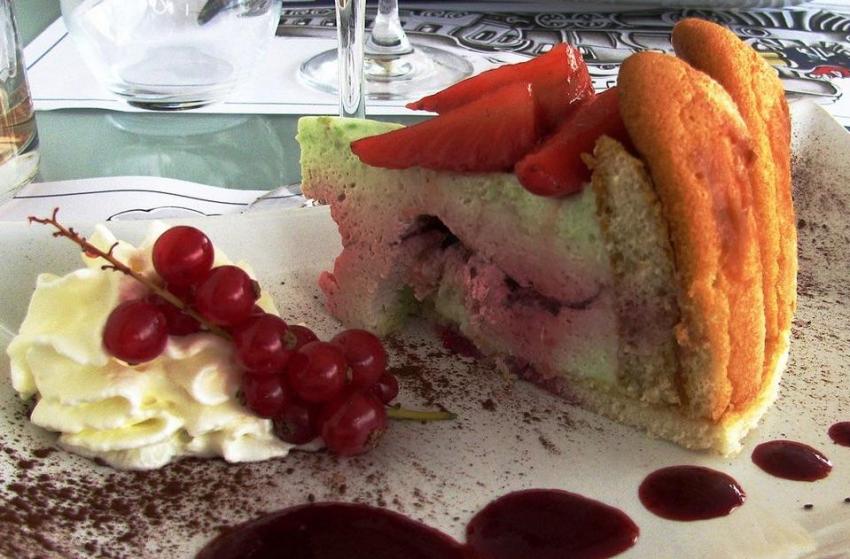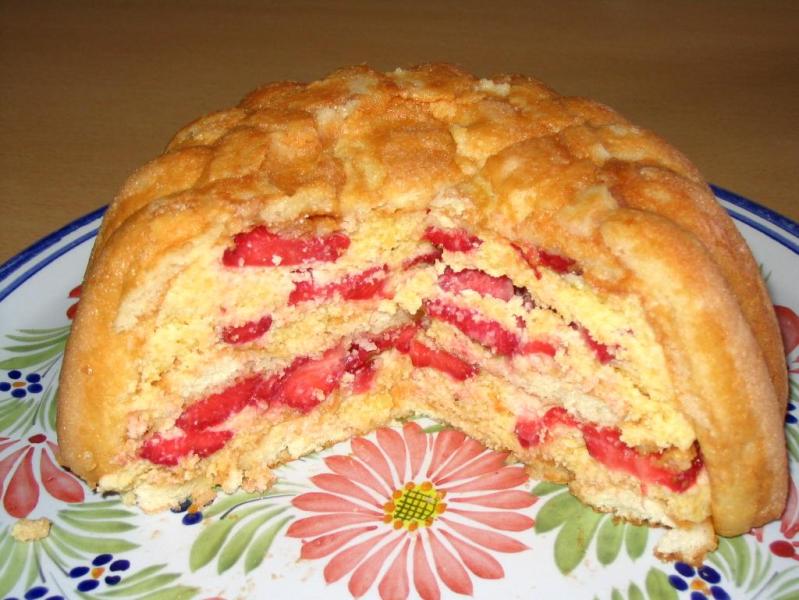- Read offline
- Access all content
- Use the in-app Map to find sites, and add custom locations (your hotel...)
- Build a list of your own favourites
- Search the contents with full-text search functionality
- ... and more!
charlotte
chilled cake with ladyfingers

Charlotte was named after the wife of British King George III, although in the first mention of the recipe, in 1808, the dessert resembled a bread and butter pudding in a mould with apples in the middle, and baked for hours.
In Paris, the famous chef Antonin Carême created the prototype of the current version, calling it charlotte à la parisienne. He lined a mould with biscuits (usually ladyfingers) and filling it with crème bavarois. Later, when Carême worked for Tsar Alexander, he renamed it charlotte russe.

Charlottes can be in any flavour— charlotte aux fruits and charlotte au chocolat are the most popular—and the filling can be any kind of cream or mousse in between layers of ladyfingers and fresh or poached fruit (pears and chocolate is a popular combo).
You can buy kits with a circle of ladyfingers ready to go to save the stress of making sure they will still be tidily in place when you remove your charlotte from the mould.
Images by Antoinel, Marianne Casamance, Creative Commons License

